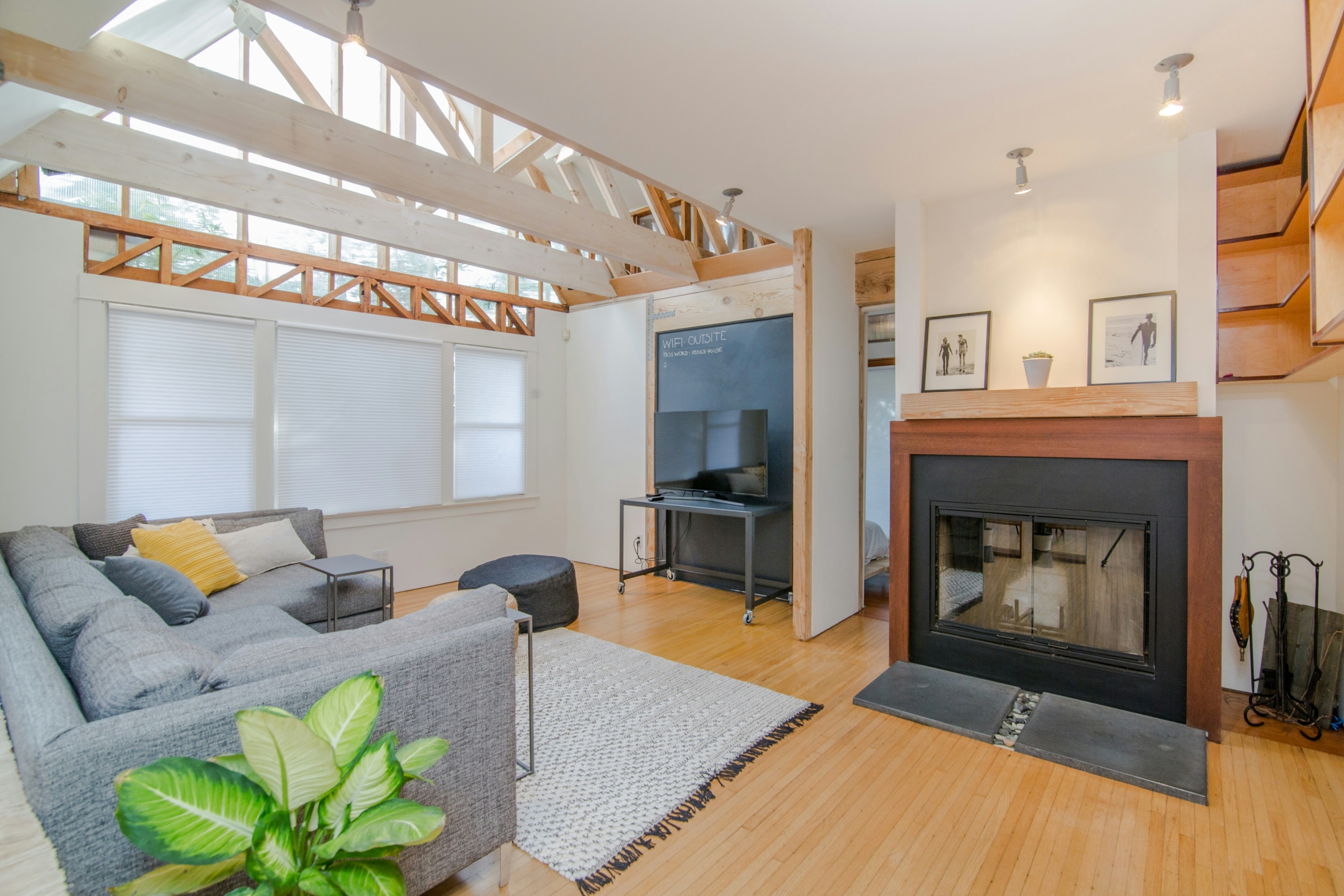In today’s world, sustainability isn’t just a buzzword; it’s an eco-friendly way of life. From renewable energy to eco-friendly transportation, people are becoming more conscious of their impact on the planet. One area where sustainability is gaining traction is in interior design. Gone are the days of sacrificing style for environmental responsibility. With the rise of eco-friendly materials and innovative design techniques, it’s easier than ever to create a beautiful, sustainable home. In this article, we’ll explore the principles of sustainable interior design and provide practical tips for incorporating eco-friendly elements into your space.
Understanding Eco-Friendly Interior Design
Sustainable interior design is all about minimizing the environmental impact of a space while maximizing its functionality and aesthetic appeal. This involves using materials and practices that are environmentally friendly, energy-efficient, and socially responsible. There are several options for doing standard renovations, but with a green material. Just because you are doing a “green” renovation doesn’t mean you have to sacrifice style or beauty. There are many options out there for you. For more information on general renovations, you can check out my article Maximize Your Homes Value with Essential Renovations .
Choosing Eco-Friendly Materials
One of the key principles of sustainable interior design is selecting materials that have minimal environmental impact. This means opting for materials that are renewable, recycled, or sustainably sourced. Some popular eco-friendly materials include bamboo, reclaimed wood, cork, and recycled metal. These materials not only look great but also help reduce waste and conserve natural resources.
Embracing Energy Efficiency
Another important aspect of sustainable interior design is energy efficiency. By reducing energy consumption, you can lower your carbon footprint and save money on utility bills. There are many ways to improve energy efficiency in your home, from installing energy-efficient appliances to using LED lighting and improving insulation. Additionally, incorporating natural light into your design can help reduce the need for artificial lighting, further reducing energy usage. If you want to dig deeper into your homes efficiency, Xcel Energy has a home service called a “Home Energy Audit “ where they will have a participating contractor come out and do a comprehensive walkthrough of your home. You can find more details by clicking Home Energy Audit here.
Promoting Indoor Air Quality
Indoor air quality is a crucial consideration in sustainable interior design. Many traditional building materials and furnishings release harmful chemicals and pollutants into the air, leading to poor indoor air quality and potential health issues. To improve indoor air quality, choose low-VOC (volatile organic compound) paints and finishes, opt for natural cleaning products, and incorporate plenty of plants into your space. Plants not only help purify the air but also add a touch of nature to your home.
Reducing Waste

Waste reduction is another essential aspect of sustainable interior design. By choosing durable, long-lasting materials and furnishings, you can minimize the need for replacements and repairs, reducing waste in the long run. Additionally, consider repurposing or upcycling old furniture and accessories rather than throwing them away. Not only is this environmentally friendly, but it can also add character and uniqueness to your space.
Creating an Eco-Friendly Lifestyle
Finally, sustainable interior design is about more than just the materials and furnishings you choose it’s also about adopting a sustainable lifestyle. This means being mindful of your consumption habits, reducing waste, and supporting ethical and environmentally responsible brands. By making conscious choices about how you live and decorate your home, you can make a positive impact on the planet and create a space that’s not only beautiful but also sustainable.
Conclusion
Sustainable interior design is an increasingly popular trend that’s here to stay. By choosing eco-friendly materials, embracing energy efficiency, promoting indoor air quality, reducing waste, and adopting a sustainable lifestyle, you can create a space that’s not only stylish and functional but also environmentally responsible. So why wait? Start incorporating sustainable design principles into your home today and do your part to protect the planet for future generations.




